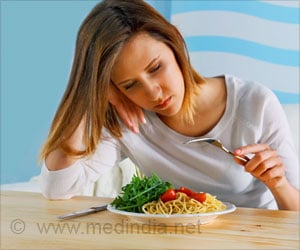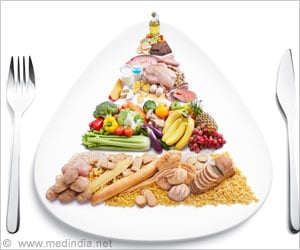If you are a woman who dines with a man, chances are you choose food with fewer calories than if you dine with a woman, says study.
If you are a woman who dines with a man, chances are you choose food with fewer calories than if you dine with a woman, says study.
That is one of the findings in a study conducted by researchers at McMaster University.The results appear in the online version of the international journal Appetite.
Meredith Young, PhD candidate in the Department of Psychology, Neuroscience & Behavior, found that what a person chooses to eat at lunch or dinner is influenced by who they eat with and the gender make-up of the group. br>
By observing students in naturalistic settings in three large university cafeterias with a wide choice of food options and dining companions, Young found that women who ate with a male companion chose foods of significantly lower caloric value than did women who were observed eating with another woman.
What's more, when women ate in mixed-gender groups their food choices were at the lower end of the caloric scale; the more men in the group the fewer the calories. When women ate in all-female groups, their food was significantly higher in calories.
"Eating is a social activity," says Young. "In university cafeterias people select their food before they are seated and perhaps before they know with whom they will eat. Given the observed differences it seems likely that social groupings were anticipated at the time of food selection."
Young is not surprised by the findings. The diet industry targets female consumers and product advertisements typically depict very slim models rather than average-sized or overweight female models, she says, so food choices appear to be weighed against how other perceive them. In other words, smaller, healthier portions are seen as more feminine, and women might believe that if they eat less they will be considered more attractive to men.
Advertisement
As for men's food selections, the study showed that men were neither substantially affected by the number of nor the gender of their dining companions.
Advertisement
ARU








